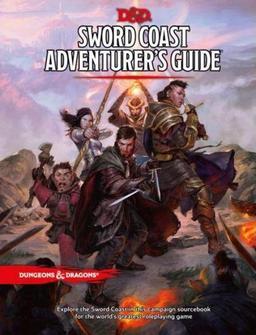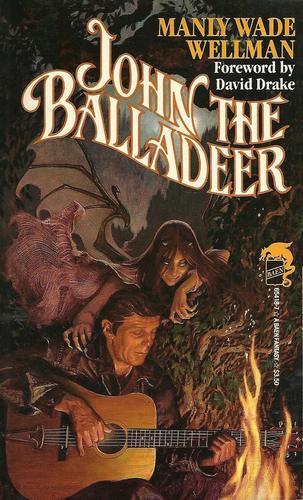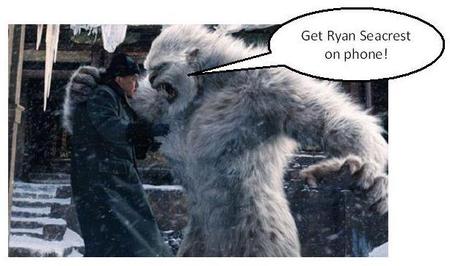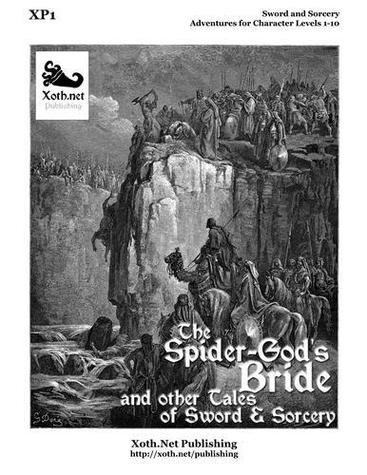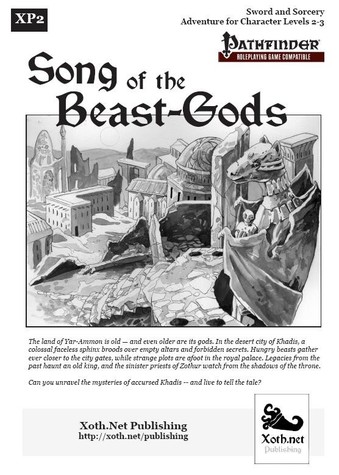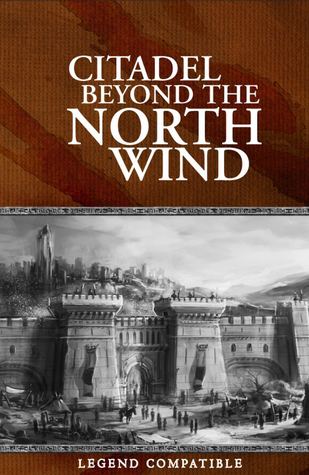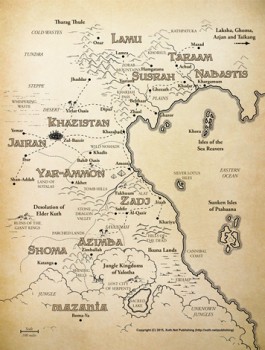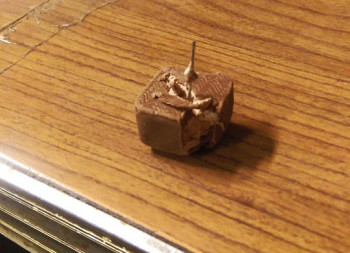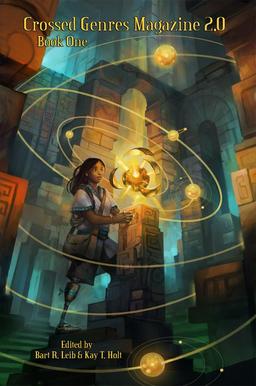New Treasures: The Builders by Daniel Polansky
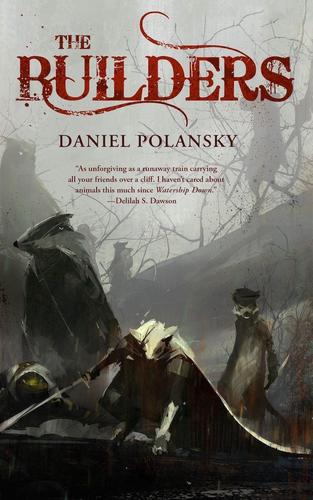 |
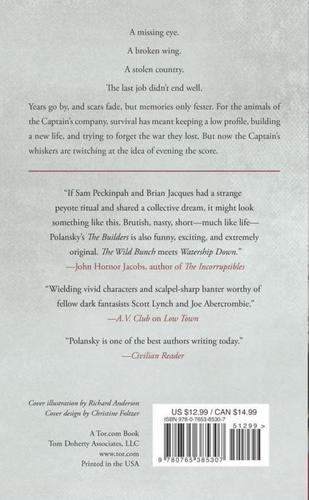 |
Click on the images for bigger versions.
Daniel Polansky has had an enviable career. His first novel, Low Town, was one of the most talked-about fantasy debuts of the year, and he’s already produced two sequels: Tomorrow the Killing (2012) and She Who Waits (2013). His new novel Those Above, the opening entry in The Empty Throne, was called “Machiavellian clockwork glory” by Mark Lawrence.
His latest, The Builders, the newest entry in Tor.com‘s novella series, is a dark anthropomorphic fantasy featuring a company of warriors keeping a low profile after being on the losing end of a grueling war. John Hornor Jacbos calls it “Funny, exciting, and extremely original. The Wild Bunch meets Watership Down.” I’ve been intrigued by all the titles in Tor.com‘s new publishing venture, but The Builders cranks my interest up to 11. And at 224 pages, it’s closer to a full-fledged novel than a novella.
